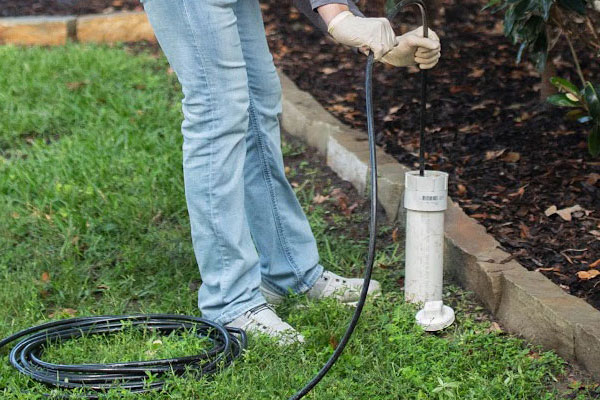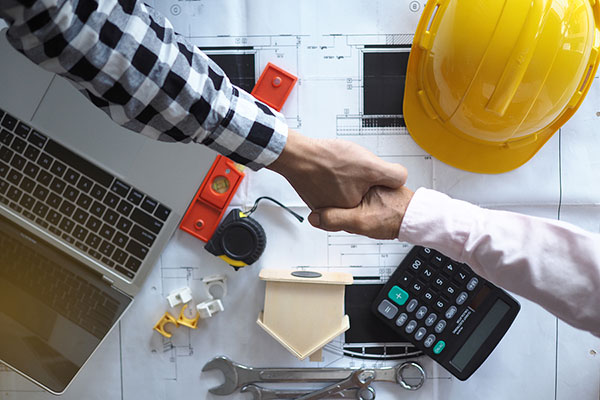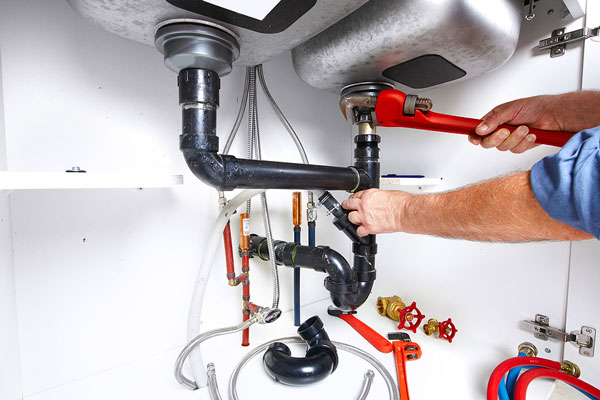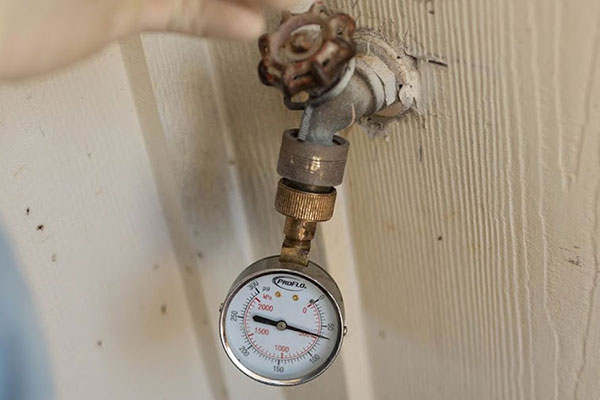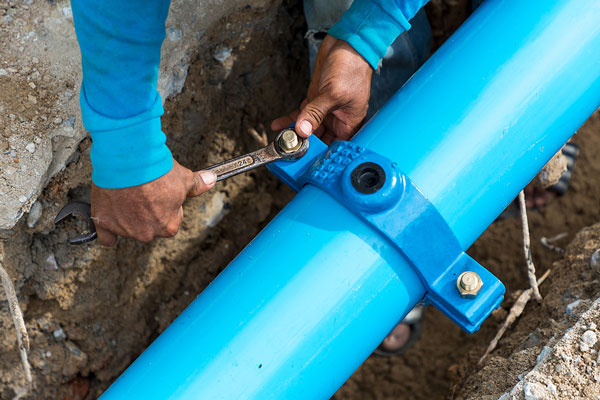News and Blog
For the latest news and updates from our crew, check out our plumbing blog!
Starting a business often takes years of planning, but what […]
Plumbing is one of the most stable and rewarding trades […]
Unfortunately for homeowners, broken pipes, leaking faucets, and clogged sewer […]
Water leaks are sneaky. They hide behind walls, under slabs, […]
The plumbing industry is highly competitive, with over 564,000 plumbers […]
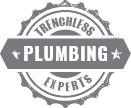





Your Slab Leak Repair Experts
Our reputation speaks for itself, but we’re proud to have the trust of many national and state organizations. We maintain an impeccable record with the Better Business Bureau, the Association of Plumbing, Heating and Cooling Contractors of Texas, and the Texas State Board of Plumbing Examiners. See the difference our approach makes for yourself – contact us today to request a quote.


